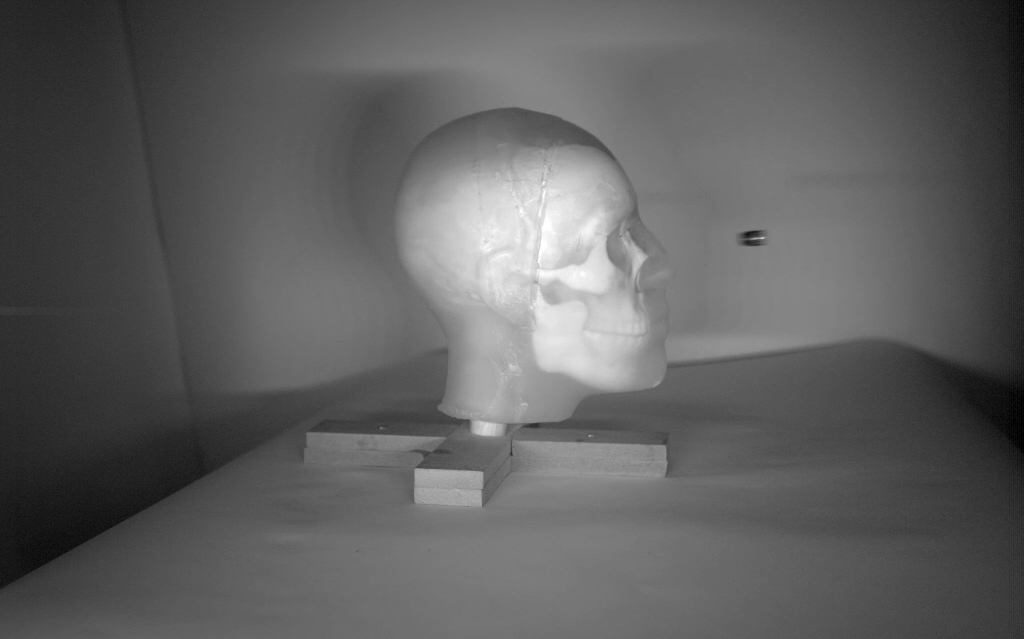Weapons footage arms police with new knowledge
Published On Mon 24 Sep 2018 by Jonathan Watson

University of Dundee footage showing the devastating effects of firearms is being used as a new means of training to aid the investigation of gun crime.
The University’s Dr Michael Brown has been working with the Forensic Services Firearms Section of the Scottish Police Authority as part of a collaboration on improving ways that firearms offences are investigated. Utilising high-speed, ultra-sensitive cameras from the University’s School of Science and Engineering, Dr Brown has been working with scientists to examine the characteristics of different types of weapons and ammunition.
Dr Brown, a Reader in Civil Engineering whose work with the £40,000 camera usually focuses on the effects of natural disasters, said that he was approached by the SPA to capture the impact of bullets on models of a human skull, the findings of which can now be used to train forensic officers and help investigate real world crimes.
“Civil Engineering at the University of Dundee specialises in modelling real events at small scale, such as the behaviour of buildings during earthquakes. For example, we may scale down the size of a structure by 50 times in the lab, and as a result we have to increase the speed of an event by 50 times. This means that a ten second earthquake would then occur in two hundredths of a second and to capture this effectively we use a specially-adapted, high-speed Phantom camera and powerful LED lighting systems capable of capturing 6,500 images per second.”
He continued, “We were quite surprised at how challenging capturing the imagery was because we were limited to only three seconds of capture.
“Bullets travel at very different velocities and in the examples used we were capturing rounds travelling at 830 to 2,350 feet per second. At the highest speed we only captured the bullet in eight to nine frames.
“However, the main interest was in the effects of impact and what evidence was created as a consequence. Based upon how different and distinctive the outcomes were, it was quite obvious when we had finished how valuable these insights could be for crime scene analysis.”
Gary Holcroft, Head of Physical Sciences at SPA Forensic Services, said, “Studying blood patterns is an important tool in crime scene analysis. Using this highly specialist camera offered us a unique opportunity to study the pattern created by different bullets fired into models of a human skull and how these bullets performed.
“Gun crime is thankfully very rare in Scotland but the high-speed recordings provided by the camera will have major benefit in educating SPA Forensic Services scientists now and in the future. We are grateful to the University of Dundee for their assistance.”
For media enquiries contact:
Jonathan Watson
Media Relations Officer
University of Dundee
Nethergate, Dundee, DD1 4HN
Tel: +44 (0)1382 381489
Email: j.s.watson@dundee.ac.uk